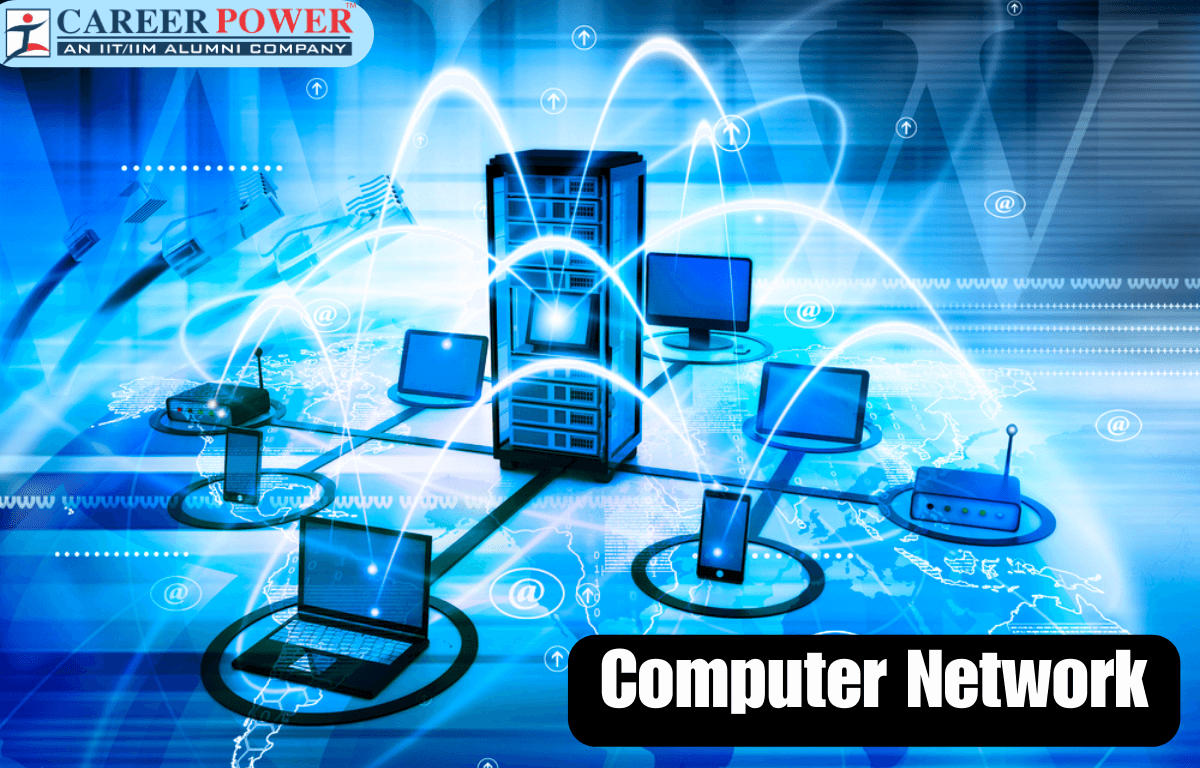
In the modern digital landscape, computer networks play an integral role in connecting people, devices, and information across the globe. From local home networks to expansive global infrastructures, computer networks have revolutionized the way we communicate, collaborate, and access information. In this article, we’ll delve into the intricacies of computer networks, their types, benefits, and their impact on various aspects of our lives.
- Types of Computer Networks
- Local Area Networks (LANs)
- Wide Area Networks (WANs)
- Wireless Networks
- Metropolitan Area Networks (MANs)
- Networking Protocols and Standards
- TCP/IP: The Backbone of the Internet
- Ethernet: Wired Network Standard
- Wi-Fi Standards and Advancements
- Benefits of Computer Networks
- Seamless Information Sharing
- Resource and Hardware Sharing
- Improved Communication
- Centralized Data Management
- Challenges and Security Concerns
- Data Breaches and Cybersecurity Threats
- Network Congestion and Downtime
- Ensuring Data Privacy
- Networking for Businesses
- Cloud Computing and Network Scalability
- Enhancing Remote Work Capabilities
- E-commerce and Online Market Expansion
- Networks in Everyday Life
- Social Media and Online Connections
- Entertainment and Streaming Services
- Smart Homes and IoT Integration
- The Future of Networking
- 5G and Beyond: Next-Generation Networks
- Edge Computing and Decentralization
- Quantum Networking Possibilities
- Conclusion
Computer networks have transformed the way we interact with information and each other. They have enabled the rise of the digital age, connecting individuals and devices across vast distances. Whether it’s sending an email, streaming a movie, or conducting a video conference, networks facilitate these activities seamlessly.
As technology continues to advance, computer networks will only become more sophisticated. The implementation of 5G networks promises ultra-fast speeds and low latency, paving the way for innovations in fields like autonomous vehicles, telemedicine, and augmented reality. Edge computing, on the other hand, aims to reduce latency by processing data closer to the source, enabling real-time applications.
In conclusion, the world of computer networks is a fascinating realm that has reshaped how we interact with technology. From the smallest local networks to the global expanse of the internet, networks have proven to be the backbone of our interconnected world.



